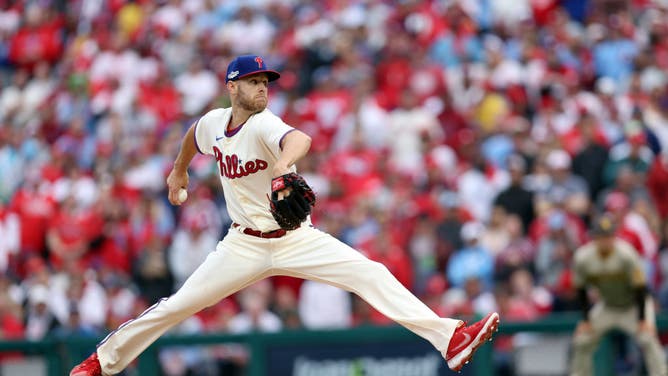Major League Baseball Has A Scoring Problem On Its Hands
Major League Baseball imposed a number of rule changes for the 2023 season with the intention of increasing pace of play and promoting more run scoring. And it seemed like, for the most part, it worked.
Game times dropped significantly, pace of play increased, and runs per game jumped from 8.56 to 9.24. If you'd have asked commissioner Rob Manfred prior to the 2023 season, adding three quarters of a run per game would be considered a dramatic success.
Except virtually all of that progress has evaporated through the first two and a half months of the 2024 season. Runs per game have given back almost all of the gains from 2023, now averaging 8.62, functionally the same as in 2023. While pace of play has remained strong, game times have stayed low and stolen bases are up, runs are once again hard to come by. And for a league desperate to increase fan interest and bring younger people into the sport, it's a concerning and disappointing trend.
So what's causing it, and what can be done about it?

PHILADELPHIA - Zack Wheeler of the Philadelphia Phillies pitches during Game 5 of the NLCS between the San Diego Padres and the Philadelphia Phillies at Citizens Bank Park on Sunday, October 23, 2022. (Photo by Rob Tringali/MLB Photos via Getty Images)
Pitching Dominating In MLB Without The Juiced Ball
In 2019, for whatever reason, the in-game baseball notoriously flew further than it had in previous years. As a result, home runs and run scoring skyrocketed. In 2018, runs per game were 8.9, but in 2019, they jumped to 9.7. That was the highest rate since the steroid era in 2000.
As fans noticed, the league sprung into action, attempting to standardize production of the ball and reduce the home run rate. And it worked. But it may have worked too well. Just four years later, there's now one fewer run per game, and offensive statistics leaguewide have dropped dramatically.
And it's not just the ball.
Pitchers have gotten better than ever at maximizing their skill set. The introduction of the Statcast tracking system gave pitchers and coaches more information on spin rates and how best to shape pitches to tunnel them with other pitches. Analytics staff can now make recommendations on which pitches would work best with a player's existing repertoire.
Along with the increase in velocity, max effort style of pitching and limiting the exposure of starting pitchers thanks to dominant relievers, hitting has become as hard as it's ever been.
The increase in runs in 2023 might have also been influenced by the pitch clock, but with a year of experience, pitchers now have a better idea of how to manipulate the clock and give themselves more time.
What Can Be Done About It?
Unfortunately, not much from a player perspective. Analytics have benefited pitchers more than hitters, and the swing revolution to "elevate and celebrate" has also led to more strikeouts and popups. Even banning the shift hasn't led to an increase in batting averages; the league is hitting just .240 this season, the lowest number since the infamously pitching-friendly 1968 season.
Pitching is too good, and slap hitting has too little value in the modern game. MLB even tried to crack down on sticky substances, only to see it prove irrelevant within a few years.
The only obvious answer is to once again, juice the ball. When the ball flies further, run scoring goes up. And something has to be done. League OPS this season is now .699, the lowest since the 1980's.
While MLB gained some momentum in 2023, with increased ratings and attendance, shorter game times will only go so far. A return of the steroid era isn't desirable, but with pitching getting better and better, the league has to do something. We'll see if they do.